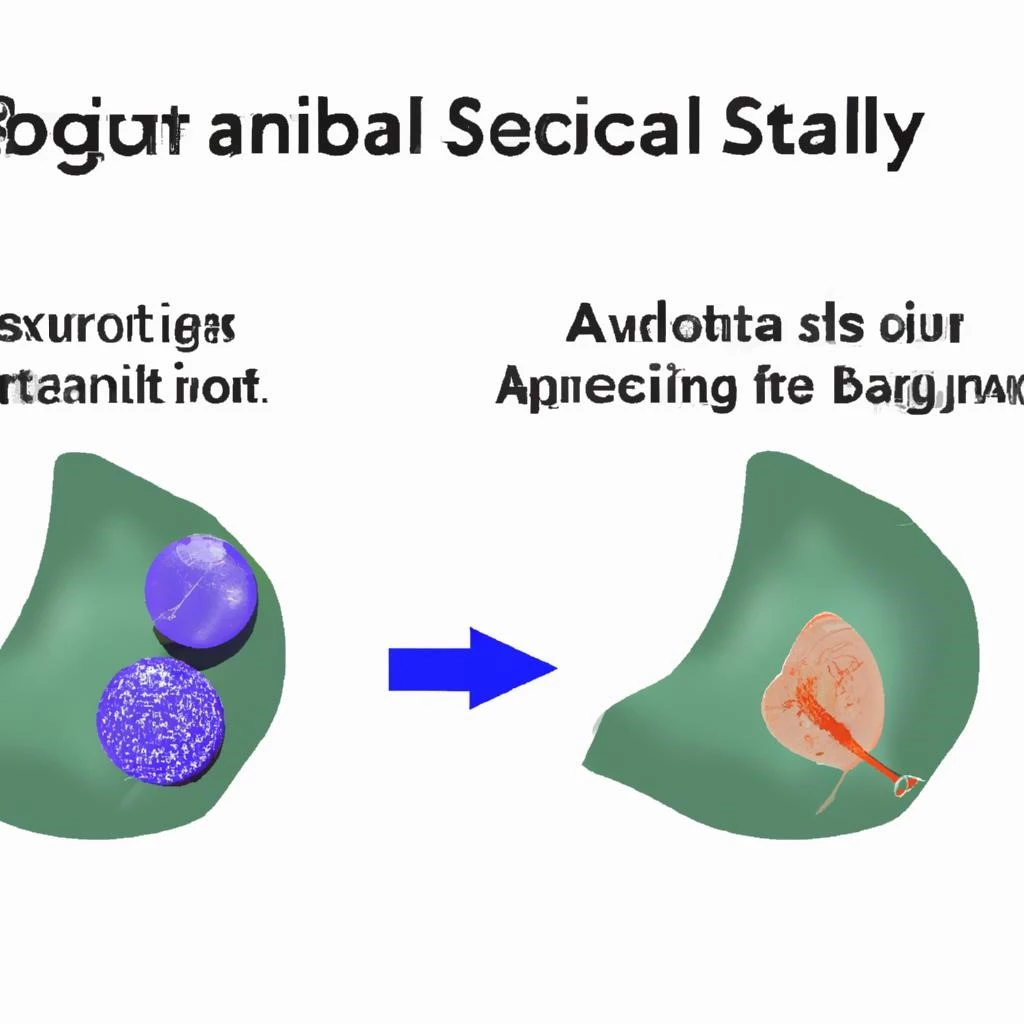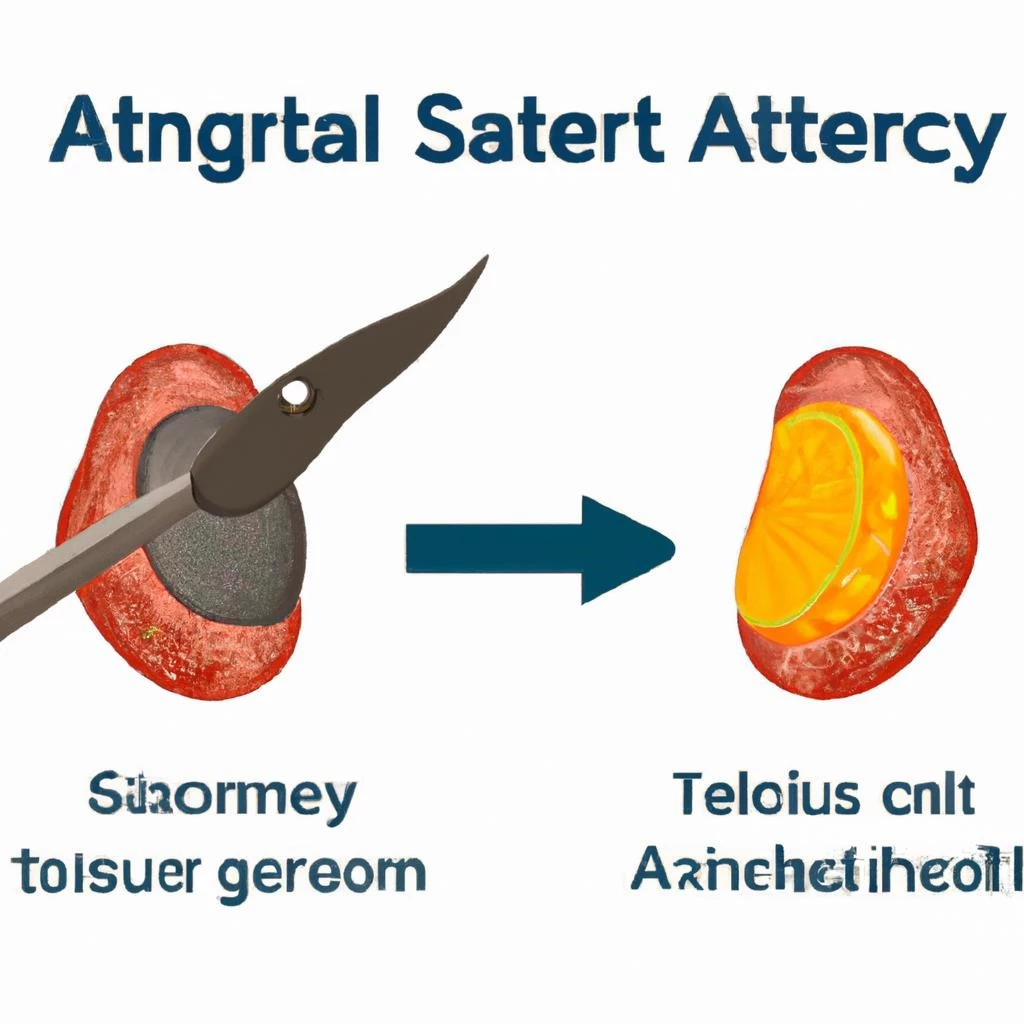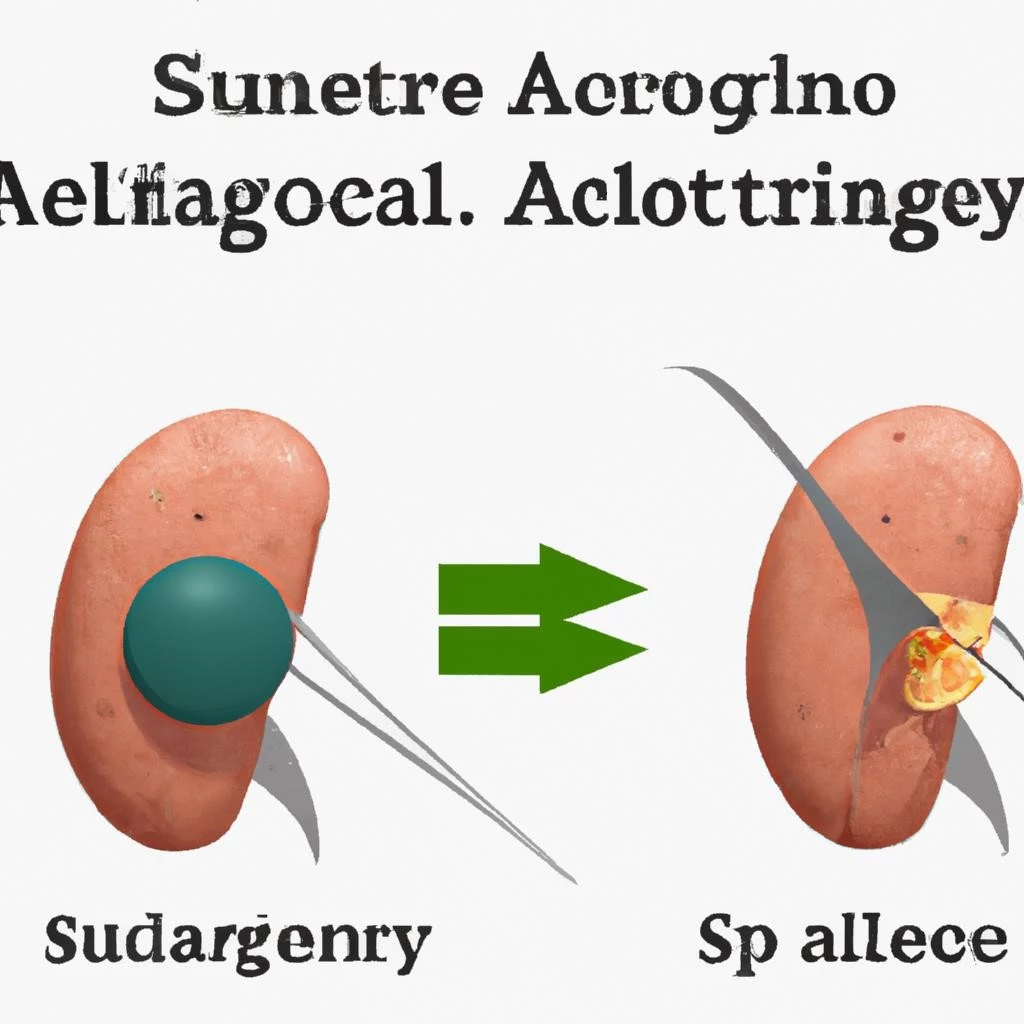Overview of Actigall
Actigall (ursodiol) is a medication used to dissolve gallstones in individuals who are not suitable candidates for gallbladder surgery or prefer non-surgical options. It is particularly effective for treating radiolucent, noncalcified gallstones. Actigall works best for patients with cholesterol-based stones and can prevent the formation of new gallstones during rapid weight loss programs. The recommended dosage of Actigall depends on the patient’s weight and is usually taken multiple times a day. Regular ultrasound monitoring is essential to evaluate the response of gallstones to Actigall therapy.
Gallbladder Stones and Treatment Options
Gallstones are solid collections of bile that form inside the gallbladder. They can range in size from a grain of sand to a golf ball. Patients with gallstones may experience symptoms such as abdominal pain, sensitivity to high-fat meals, and episodes of pain after eating.
When it comes to treatment options, patients have the choice between non-surgical options like Actigall (ursodiol) or surgical procedures like cholecystectomy to remove the gallbladder. Actigall is particularly effective for patients with cholesterol-based stones who are not suitable candidates for surgery or prefer non-surgical interventions.
For those considering surgery, cholecystectomy is a common procedure where the gallbladder is removed. It is usually recommended for symptomatic and complicated gallstones. Laparoscopic cholecystectomy is a minimally invasive option with a shorter hospital stay and recovery period compared to open cholecystectomy.
Understanding the underlying cause of gallstones and discussing the available treatment options with a healthcare provider can help individuals make an informed decision regarding the management of their condition. It is essential to weigh the benefits and risks of each treatment option to determine the most suitable approach for each patient.

Management of Gallstone Patients
When managing patients with gallstones, it is crucial to consider their symptoms, imaging test results, and the presence of any complications. Symptoms of gallstones may include abdominal pain, particularly in the upper right abdomen, sensitivity to high-fat meals, and episodes of pain that can last from 15 minutes to several hours.
Diagnostic tests like ultrasonography are commonly used to detect gallstones, while additional imaging studies may be necessary depending on the clinical presentation. In cases where gallstones cause symptoms, treatment options vary. Pain management with nonsteroidal anti-inflammatory drugs or narcotic pain relievers is typically recommended for acute biliary colic.
For patients with symptomatic and complicated gallstones, surgical options like laparoscopic cholecystectomy are often considered the treatment of choice. This minimally invasive procedure results in a shorter hospital stay and a quicker recovery compared to open cholecystectomy.
Patients who cannot undergo surgery or prefer non-surgical approaches may benefit from oral dissolution therapy with medications like Actigall (ursodiol). Actigall is particularly effective for patients with cholesterol-based gallstones and can prevent the formation of new stones in certain cases.
Discussing treatment options with a healthcare provider, understanding the underlying cause of gallstones, and weighing the benefits and risks of each approach are essential steps in managing gallstone patients effectively.
Surgical Treatment for Gallstones
When it comes to treating gallstones surgically, the most common procedure is cholecystectomy, which involves removing the gallbladder. This surgical intervention is often recommended for patients with symptomatic and complicated gallstones. Laparoscopic cholecystectomy is a minimally invasive approach that results in a shorter hospital stay and faster recovery compared to open cholecystectomy.
For individuals with gallstones that cause pain and discomfort, surgical removal of the gallbladder is often considered necessary to prevent further complications. During cholecystectomy, the entire gallbladder is removed to eliminate the source of gallstone formation and alleviate symptoms associated with gallstone-related issues.
If gallstones are causing severe inflammation, infection, or other complications in the gallbladder, an open cholecystectomy may be performed. This approach is chosen when other factors make a laparoscopic procedure challenging or risky for the patient.
Before opting for surgical treatment, patients should discuss the risks, benefits, and potential outcomes with their healthcare provider to make an informed decision regarding the management of their gallstone condition. Surgical options should be approached with full understanding and in alignment with the individual’s overall health and treatment goals.
Prevention and Risk Factors
Gallstones can be prevented by maintaining a healthy lifestyle that includes a balanced diet, regular exercise, and weight management. Risk factors for developing gallstones include obesity, rapid weight loss, a high-calorie diet, diabetes, dyslipidemia, and metabolic syndrome. Individuals with these risk factors should be mindful of their gallbladder health and consider preventive measures.
Imbalances in bile composition, such as high cholesterol, excess bilirubin, or insufficient bile salts, can contribute to the formation of gallstones. If you have a history of gallstones or are at risk for developing them, it is essential to consult with a healthcare provider to discuss preventive strategies and lifestyle modifications to reduce the likelihood of gallstone formation.
Understanding the factors that contribute to gallstone formation and taking proactive steps to address modifiable risk factors can help minimize the chances of developing gallstones. By making healthy choices and monitoring your gallbladder health, you can decrease the risk of gallstone-related complications and preserve your overall well-being.

Managing gallbladder stones involves considering various factors such as symptoms, imaging tests, and the presence of complications. Treatment options range from non-surgical approaches like Actigall (ursodiol) to surgical interventions like cholecystectomy, depending on the individual’s condition and preferences. It is important for patients to work closely with healthcare providers to determine the most suitable approach based on their specific situation.
Preventing gallstones can be achieved through lifestyle modifications including a balanced diet, regular exercise, and weight management. Understanding the risk factors associated with gallstone formation, such as obesity, diabetes, and metabolic syndrome, can help individuals take proactive measures to reduce the likelihood of developing gallstones.
Whether opting for Actigall therapy or surgical removal of the gallbladder, patients should weigh the benefits and risks of each treatment option. By staying informed, engaging in discussions with healthcare providers, and implementing preventive strategies, individuals can effectively manage gallbladder stones and promote their overall well-being.

Leave a Reply